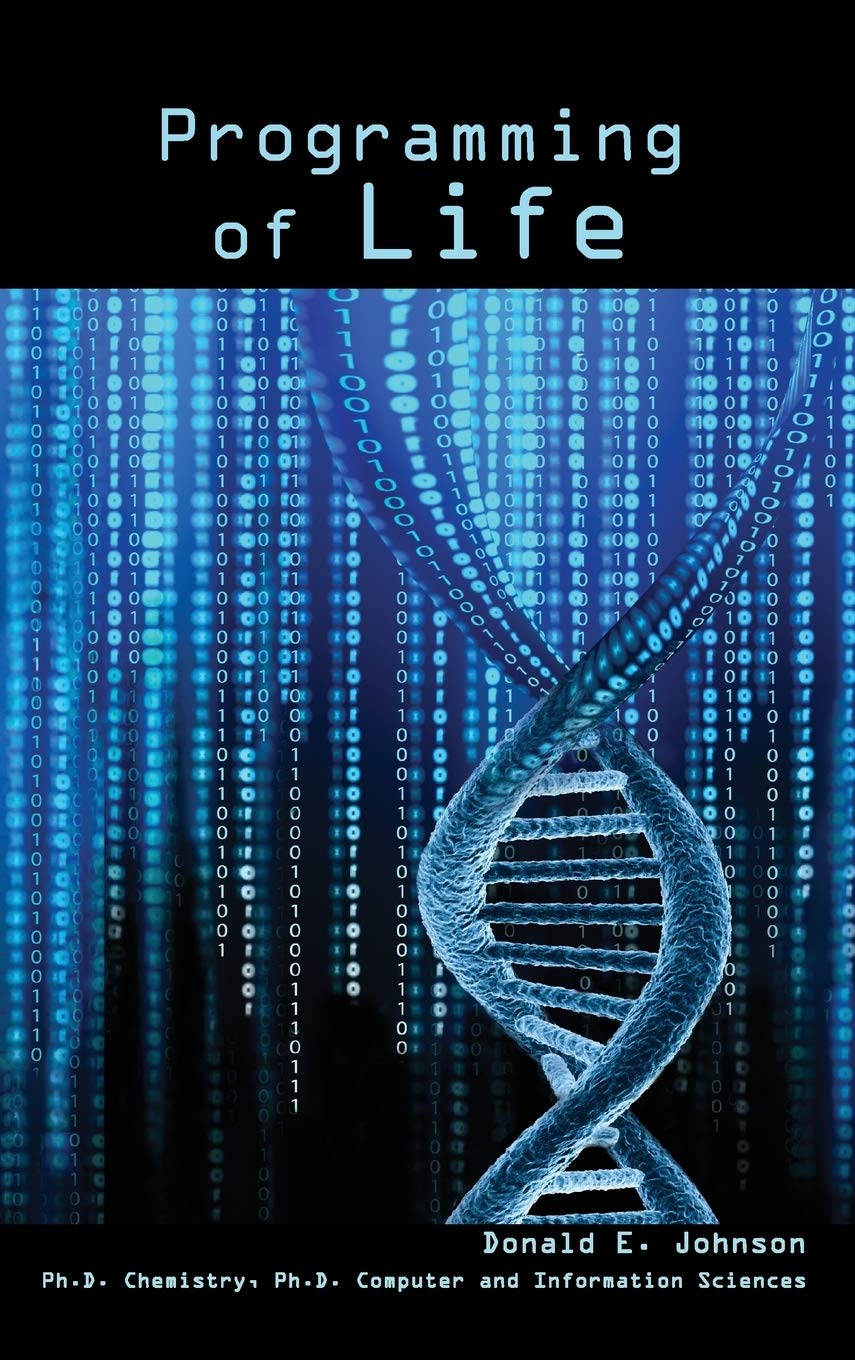A prominent biology journal has withdrawn a research article which it had published a few weeks previously. The sole reason was three references to the “Creator” in connection with the structure and function (design) of the human hand. Retractions or withdrawing scientific articles from publication used to be almost unheard of. In recent years however such events have become increasingly common. The most common reason is that the information contained therein was falsified or fraudulent (made up).
Many might wonder how anyone would imagine that faking observations could ever be good for one’s career (even apart from consideration of moral issues.) Yet there have been many horror stories. A Dutch social psychologist, Diederik Stapel, was found to have made up data in at least 30 published papers. An article in The New York Times quoted Stapel as remarking “‘It was a quest for aesthetics, for beauty – instead of the truth,’ he said. He described his behavior as an addiction that drove him to carry out acts of increasingly daring fraud, like a junkie seeking a bigger and better high.” (Yudhijit Bhattacharjee April 26, 2013)
In another case, in 2009, colleagues realized that a medical researcher in Alabama had faked eleven protein structures. The descriptions of these proteins were published in 10 scientific articles. Some of these descriptions appeared to provide important leads in the search for drugs to combat diseases like dengue fever, a debilitating mosquito borne virus disease common in the tropics. The 10 articles had been cited more than 450 times, an indication of how important others considered these results. Now we know that any work which others conducted based on the faked structures, was entirely wasted.
The public is happy to hear when fraudulent papers are withdrawn, but why does fraud occur in the first place? Surely most people understand that it is futile to make up results. The problem seems to stem from a lack of respect for the truth. Perhaps these people do not believe in truth, or at least in standards of conduct like honesty.
In the United States, agencies that fund biomedical research, have been concerned about ethics for many years. In fact, the National Institutes of Health has required that participating scientists obtain formal training in “responsible conduct of research.” Apparently these efforts at communicating the importance of honesty, have not been working. A Commentary piece on the topic in Nature (June 19, 2008) declared: “Nearly one generation after the effort to reduce misconduct in science began, the responses by NIH scientists suggest that falsified and fabricated research records, publications, dissertations and grant applications are much more prevalent than has been suspected to date.” (p. 982) Similarly an opinion piece in the same journal on July 22, 2010 began: “Despite attention to research misconduct and other issues of research integrity, efforts to promote responsible behavior remain ineffective.” (p. 436) Moreover concerning those entering college since 2000, the authors of the opinion piece declared that “misunderstandings about academic integrity, suggests that this generation may cheat throughout their lives, whether they are scientists, builders or bankers.” What a bleak picture of society!
This was the situation with scientific papers as the year 2016 dawned. Any calls for the retraction of a scientific paper, often as the result of fraud, were never undertaken lightly and the process might take a long time. There were however no suggestions about fraud concerning an article published on January 5, 2016 in the on-line open access peer-reviewed journal PLoS ONE (Public Library of Science). The paper was entitled “Biomechanical Characteristics of Hand Coordination in Grasping Activities of Daily Living.” The work was conducted by four scientists in China, none of whose first language is English and the work was funded by two grants from the Chinese government.
The scientists used an instrumented glove with multiple sensors to study what parts of the hand were used and how they were used in various grasping tasks. The studies involved 33 different task types carried out by 15 males and 15 females all about 25 years old. Armed with the data recorded by computer, extensive statistical analyses were carried out. The objective of the work was to find a link between the fancy anatomical details of the human hand, and the various precise tasks that the hand is able to accomplish. The ultimate objective of the study is to yield insights on how to design better robotic hands.
These scientists found that the human hand is indeed wonderfully designed for many tasks. Thus they declared: “In humans, ….. the presence of the FPL [flexor digitorum profundus muscle] exactly satisfies the functional requirement and offers the human hand superior capacities to perform a variety of complex functions compared to other primates.” (p. 7) The authors pointed out that many investigators have studied the relationship between fingers and joints, but the present study involved a far greater range of motions and tasks. (p. 5)
Most people might wonder what could possibly have been so controversial in this paper that the journal would withdraw it within days of publication. Even in cases of blatant fraud, the process can take years. There was no fraud here. What was the problem? It so happens that the translator of the article used the term “Creator” rather than “Nature” which perhaps might have suited the authors’ intentions better. In the abstract the authors declare that the links between the muscles and tendons in the hand are the “proper design by the Creator to perform a multitude of tasks in a comfortable way.” (p. 1) Also in the introduction they write: “Thus, hand coordination affords humans the ability to flexibly and comfortably control the complex structure to perform numerous tasks. Hand coordination should indicate the mystery of the Creator’s invention.” (p. 1) Finally in the conclusion we read: “our study can improve the understanding of the human hand and confirm that the mechanical architecture is the proper design by the Creator for dexterous performance of numerous functions following the evolutionary remodeling of the ancestral hand millions of years ago.” (p. 8)
The Chinese authors clearly had no conception of the extreme aversion of most mainstream scientists to any hint of the creator which might be observable in nature. Similar attitudes were evident in 2004 when a review article on Intelligent Design by Stephen C. Meyer was published in the Proceedings of the Biological Society of Washington (a publication of the Smithsonian Institute). Other officials from the Smithsonian repudiated the article because of its support for Intelligent Design. Moreover the editor, Richard Sternberg, lost his jobs at the National Institutes of Health and the Smithsonian Institute.
This is the intellectual environment in which the article on the human hand appeared. Somebody noticed the use of the term “Creator” and initiated a firestorm of protests on twitter. The editors, for their part, fearful for their own jobs, did not dare to resist the calls for reprisals. Thus on March 4, 2016, two months after publication of the article, and about one month after the protests began, PLoS ONE announced that the article had been retracted.
The announcement concerning the retraction declared that officials from the journal had now identified problems with the scientific rationale (suggestion of good design), and language. Thus “the editors apologize to readers for the inappropriate language in the article.” There was no apology to the four authors whose work had been sacrificed to political expediency. There was also no apology to the Chinese government which had funded this project.
During the course of the controversy, one of the authors had suggested references to Creator be removed from the article and the word Nature substituted. The editors of the journal however did not dare to show any consideration for a paper which had included such a term as Creator. The authors and their article were collateral fallout in the effort to control damage to the journal’s reputation.
Many well-meaning people wonder why scientific studies with creation based conclusions are never published in mainline scientific journals. This case all too clearly demonstrates why this is so. The mere hint of anything beyond nature is totally rejected. The event is an object lesson to other scientists not to include references (however obscure) to design or to creation in their discussions of science. This event is also a clear indication to Christians that there is zero tolerance for anyone who sees God’s work and character reflected in the things that have been made. It is to be hoped therefore that this will make Christians much more skeptical of many pronouncements by evolutionary scientists.
June 2016
Subscribe to Dialogue







